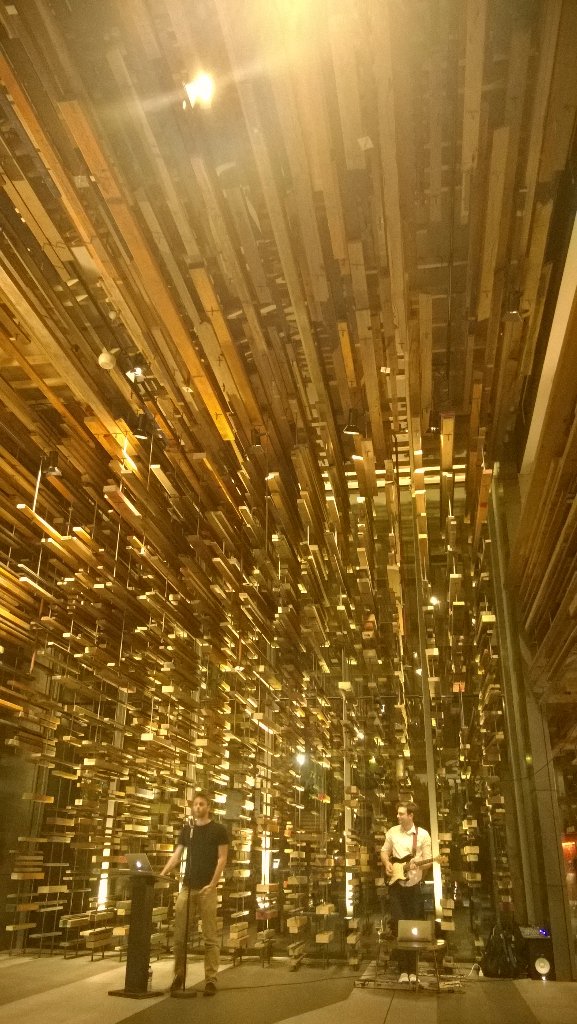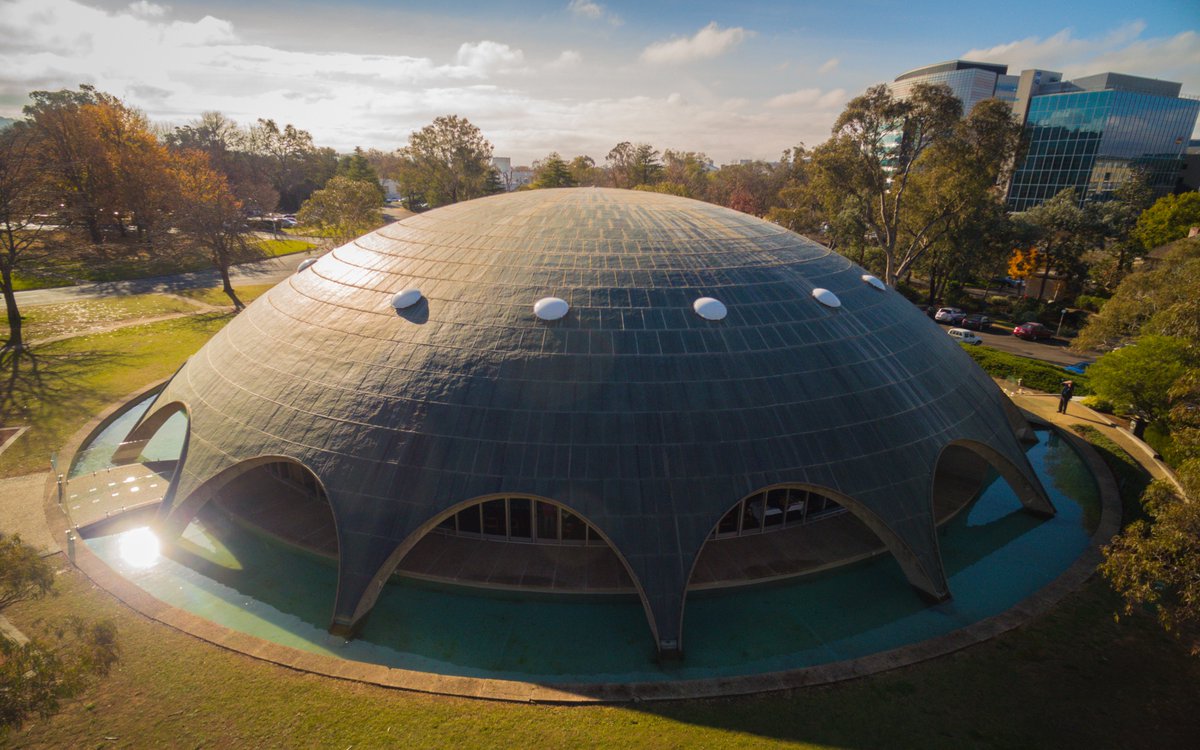In
Part 4
I looked at what to call a course in ICT Sustainability.
Having decided on the deceptively simple "Green IT", here are more details:
Rationale: Undergraduate version to be offered alongside (not co-taught) existing postgraduate course.
Title: Green IT
Full Title: Green IT: Evaluating and reducing computer energy use, carbon emissions and e-waste
Description: Green IT teaches the evaluation and analysis of the energy use, carbon emissions and e-waste from computers and telecommunications in an organization, in accordance with international standards for greenhouse gas and energy audit. Students then learn to generate a sustainability strategy for IT, to reduce consumption of energy and materials, helping to reduce carbon emissions. Twelve weekly topics introduce the materials to students with interactive quizzes and forums to help build the skills needed for assignments.
Content: The course consists of two parts, corresponding to the learning outcomes, with one topic per week:
Sustainability Assessment:
1. The Politics, Science and Business of Sustainability
2. The Global ICT Footprint
3. Energy Saving - Data Centres and Client Equipment
4. Materials Use
5. Compliance Audit
6. Methods and Tools
Sustainability Strategy:
7. Enabling ICT
8. Business Process Improvement
9. Improving Data Centre Energy Efficiency
10. Enterprise Architecture
11. Procurement
12. Energy Star Program and Quality Management
Learning Objectives:
After completing this course, students will be able to:
1. Evaluate the sustainability of IT services, devices and day-to-day operations of an organisation, including the carbon footprint and e-waste,
2. Prepare a sustainability strategy for IT in an organisation, covering both energy and materials use.
The learning objectives are based on the Skills Framework for the Information Age (SFIA) skills definitions: "Sustainability assessment" and "Sustainability strategy", as used by the Australian Computer Society (ACS) for accreditation.
Workload: To complete the subject you will need to spend 8-10 hours each week reading, communicating with colleagues and tutors, and preparing assignments.
Text: Worthington, T. (2016). ICT Sustainability: Assessment and Strategies for a Low Carbon Future. Tomw Communications. Free open access e-Book: http://www.tomw.net.au/ict_sustainability/
Pre-reading: The Climate Group. (2008). Report Summary. SMART 2020: Enabling the low carbon economy in the information age. Available: http://www.smart2020.org/_assets/files/03_Smart2020Report_lo_res.pdf.
Readings:
ACS. (2007). Policy Statement on Green ICT. Available: http://web.archive.org/web/20070906171858/http://www.acs.org.au/acs_policies/docs/2007/greenictpolicy.pdf.
AGIMO. (2010a). Australian Government Data Centre Strategy 2010 - 2025. Available: http://www.finance.gov.au/policy-guides-procurement/data-centres/data-centre-strategy/.
ANU. (2009). Professor Ross Garnaut discusses the challenges of climate change (pt1). (Video). Australian National University. Available: http://www.youtube.com/watch?v=Cfw5cSi_OuI
CoSN. (2010). CoSN Energy Usage Calculator. Available: http://isse.utk.edu/ccp/projects/benefitscalculator/elecbenecalc.html.
EPEAT. (2008). EPEAT Criteria: PCs and Displays. Green Electronics Council. Available: http://www.epeat.net/resources/criteria/#pcanddisplays.
European Union Joint Research Centre. (2008). Best Practices for the EU Code of Conduct on Data Centres. Available: http://ec.europa.eu/information_society/activities/sustainable_growth/docs/datacenter_code-conduct.pdf.
FFITS. (2011). Activate power management on Windows 7. Available: http://www.ffits.org/learn/end-user-computing/29-activate-power-management-on-windows-7.
Gershon, P. (2008). Review of the Australian Government's Use of Information and Communication Technology. Available: http://www.finance.gov.au/publications/ICT-Review/.
Google. (2010). Google container data center tour. Available: http://www.youtube.com/watch?v=zRwPSFpLX8I.
Kaplan, M. Forrest, W. Kindler, N.. (2010). Revolutionizing Data Center Energy Efficiency. Available: http://www.mckinsey.com/clientservice/bto/pointofview/pdf/Revolutionizing_Data_Center_Efficiency.pdf.
Monash University. (2011). Harvard (author-date) style examples. Available: http://www.lib.monash.edu.au/tutorials/citing/harvard.html.
Natural Edge Project. (2008a). Engineering Sustainable Solutions Program Sustainable IT Lecture Series. Available: http://web.archive.org/web/20080808180519/http://www.naturaledgeproject.net/SustainableIT.aspx.
Philipson, G. (2010). Carbon and Computers in Australia: The energy consumption and carbon footprint of ICT usage in Australia in 2010. Australian Computer Society. Available: http://www.computersite.com.au/wp-content/uploads/2015/02/ACS_Computers_and_Carbon_Report.pdf
Sawada, T. Origuchi, T. Nishi, S. (2007). Environmental Load Reduction Effects of Ubiquitous Broadband Services. Available: https://www.ntt-review.jp/archive/ntttechnical.php?contents=ntr200703025.pdf.
Tata Consultancy Services. (2011a). Corporate Sustainability Report 2009-2010. Available: http://www.tcs.com/about/corp_responsibility/Documents/TCS_Corporate_Sustainability_Report_2009-10.pdf.
TelecomTV. (2009). Green Planet. (video). Available: http://www.mobileworldlive.com/green-planet-episode-1-the-green-economy.
The Climate Group. (2008). SMART 2020: Enabling the low carbon economy in the information age. Available: http://www.smart2020.org/_assets/files/03_Smart2020Report_lo_res.pdf.
UPS. (2010). UPS Geospatial Technology Delivers Faster and More Sustainably. (Video). Pen State Public Broadcasting. Available: http://thenewlogistics.ups.com/sustainable-business/fuel-efficiency/.
US Army Logistics Innovation Agency. (2013). Smart and Green Energy (SAGE) for Base Camps. (Video). U.S. Army. Available: https://youtu.be/1HKuDPHQebE?t=3m57s
Required Skills: It is assumed the student is familiar with basic computing concepts, from an introductory university course. The student will need to be able to use a computer and the Internet to complete this on-line course and be familiar with academic writing and referencing to undertake assignments.
Assessment:
There are two areas of assessment in the course:
1. Weekly Assessment (20%): Contributions to weekly discussion forums (10%) and completion of a weekly quiz (10%),
2. Assignments (80%): mid course (40%) and at the end (40%).
To pass the course at least 10/20 for Weekly Assessment and 40/80 for Assignments is required. Grades of 70% and higher (Distinction and High Distinction) are based only on Assignments.
Rationale: The questions each week are on topics to be covered in the assignments, allowing students to build their skills.
Each major assignment correspond to a learning objective for the course: 1. Evaluate the sustainability of IT services and, 2. Prepare a sustainability strategy.
The course rationale is published in a conference paper: Worthington, T. (2012, July). A Green computing professional education course online: Designing and delivering a course in ICT sustainability using Internet and eBooks. In Computer Science & Education (ICCSE), 2012 7th International Conference on (pp. 263-266). IEEE. Presentation notes at: http://www.tomw.net.au/technology/it/green_computing_professional/
Quality Assurance: The course learning objectives are based on the Skills Framework for the Information Age (SFIA) skills definitions: "Sustainability assessment" and "Sustainability strategy". SFIA is used by the Australian Computer Society (ACS) in accrediting ANU computing degrees. The graduate course this undergraduate version is based on won the Education Category of the ACS Canberra ICT Awards 2010 and a national ACS Gold 2015 award in the ICT Higher Educator category.
 This was one of the weirder even
This was one of the weirder even ts I have been to recently,
in a building shaped like a 1960s flying saucer surrounded by a moat
(headquarters of the Australian Academy of Sciences). The delegates were
then shepherded across the road to a ‘Visceral Communications’ performance at New Acton. Performance artists shoveled ice, dance in the middle of the street and recite quotes about climate change. This is all a little too much like an episode of the TV comedy "Utopia". ;-)
ts I have been to recently,
in a building shaped like a 1960s flying saucer surrounded by a moat
(headquarters of the Australian Academy of Sciences). The delegates were
then shepherded across the road to a ‘Visceral Communications’ performance at New Acton. Performance artists shoveled ice, dance in the middle of the street and recite quotes about climate change. This is all a little too much like an episode of the TV comedy "Utopia". ;-)
